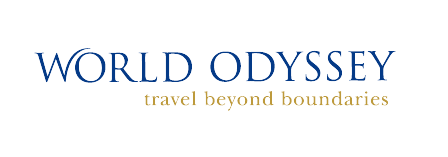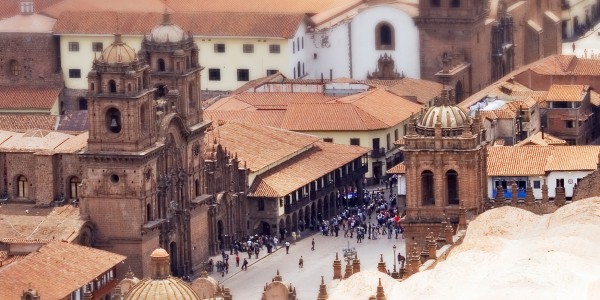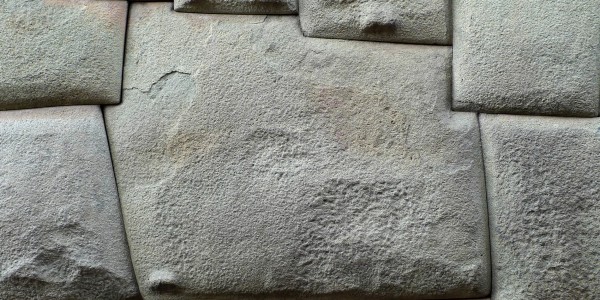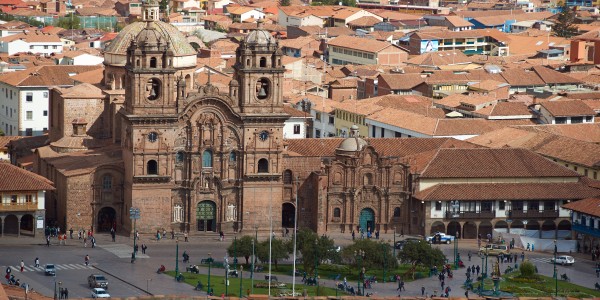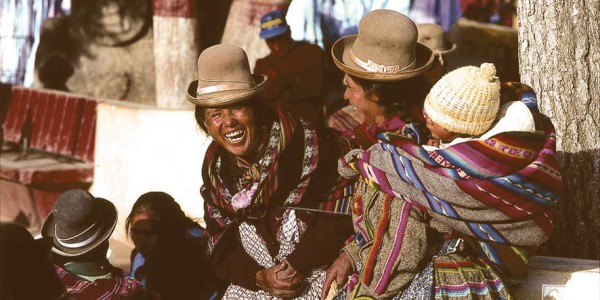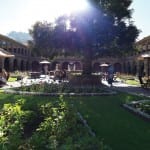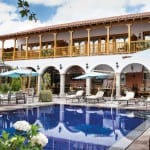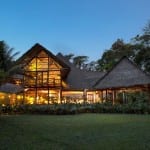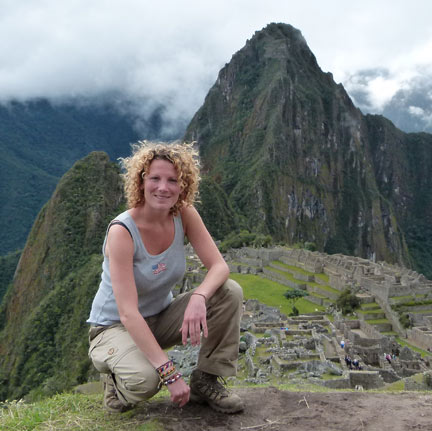Popular legend has it that the city of Cusco was founded by Manco Capac (son of the sun) and Mama Ocllo (daughter of the moon), who emerged from the waters of Lake Titicaca to spread the word of enlightenment and agricultural knowledge throughout the land.
Cusco
Why visit Cusco ?
- Marvel at the twelve-angled stone in the old Inca palace
- Visit the UNESCO designated fortified citadel of Sacsahuayman
- Soak up the colonial vibes at one of Cusco’s many coffee shops
- Wander around the artisan workshops in the San Blas quarter
- Join the parades & dances of the famous Inti Raymi festival
On a more historical rather than mythical note, the city is believed to have been first settled in 1100AD, but it is the Incas who ruled here from 1438 to 1532 that turned the city into the administrative, religious and military stronghold that it was to become. Cusco in native Quechuan language means ‘Navel of the world’ and it was from Cusco that a vast network of roads sprung up to connect much of the South American continent.
The Spaniards arrived in 1533 and many churches, convents and mansions were built in the Baroque and Renaissance styles and it is this extraordinary mixture of pre-Columbian ruins, elaborate Incan stonework and citadels and beautiful colonial Spanish architecture that makes Cusco such an important and stunning city today.
The Plaza de Armas was at the heart of the city in Incan times and still is today with the most important civic and religious buildings located here. One of the most imposing of all the buildings is the main cathedral, which was constructed in the 16th and 17th Centuries out of vast granite slabs swiped from the Incan fortress of Sacsahuayman. A Renaissance façade contrasts with the lavish Baroque interior which includes elaborately carved wooden choir stalls and altar. The high altar is of solid silver and there are also many fine canvas paintings including those of all the bishops of Cusco.
The church of La Compania de Jesus which was constructed by the Jesuits in 1576 is considered to be one of the finest examples of Baroque architecture in the whole of the Americas. La Merced Church and Convent is another 16th Century ecclesiastical gem with beautiful cloisters, wonderful paintings and a tabernacle made of gold, precious stones and the giant mermaid-shaped pearl.
It is possible to see a wide variety of ancient Inca stonework dotted around the city as much of it was used as the foundations for the colonial buildings. The most famous of all is the ‘12 cornered stone’ on Calle Hatun Rumiyoc, which was once part of the palace of the Incan ruler Inca Roca. This street leads to the San Blas quarter, which is home to the city’s artists and craftsmen and a fascinating area to visit.
LOCATION
PERU KEY INFO
Visa
No visa is required for UK passport holders.
Health Requirements
No mandatory vaccinations are required.
Time Difference
GMT - 5 Hours
Flight Time
12.5 hours Direct
NEWSLETTER SIGNUP
Keep up-to-date with the latest travel trends, inspiration for future trips and competitions to win luxury travel vouchers.
Subscribe
